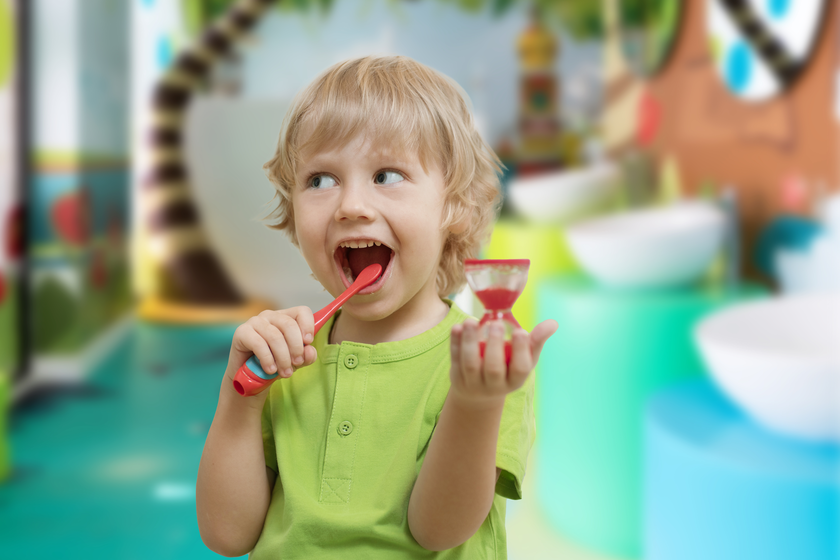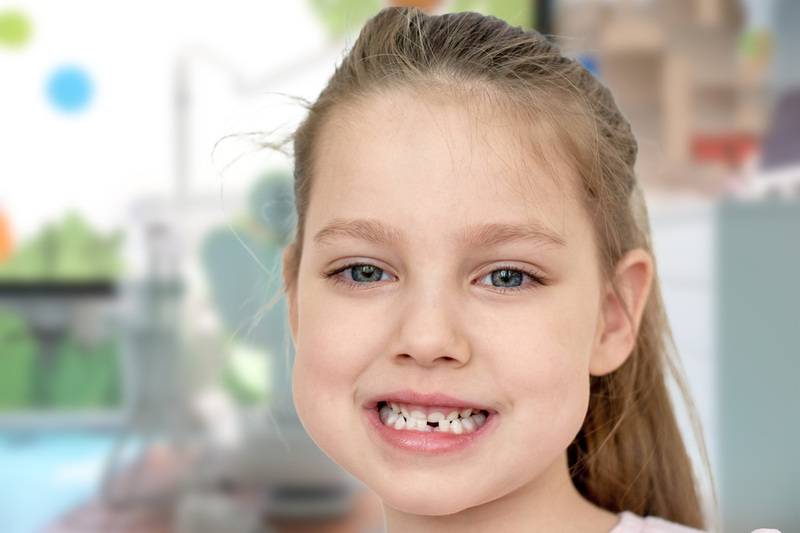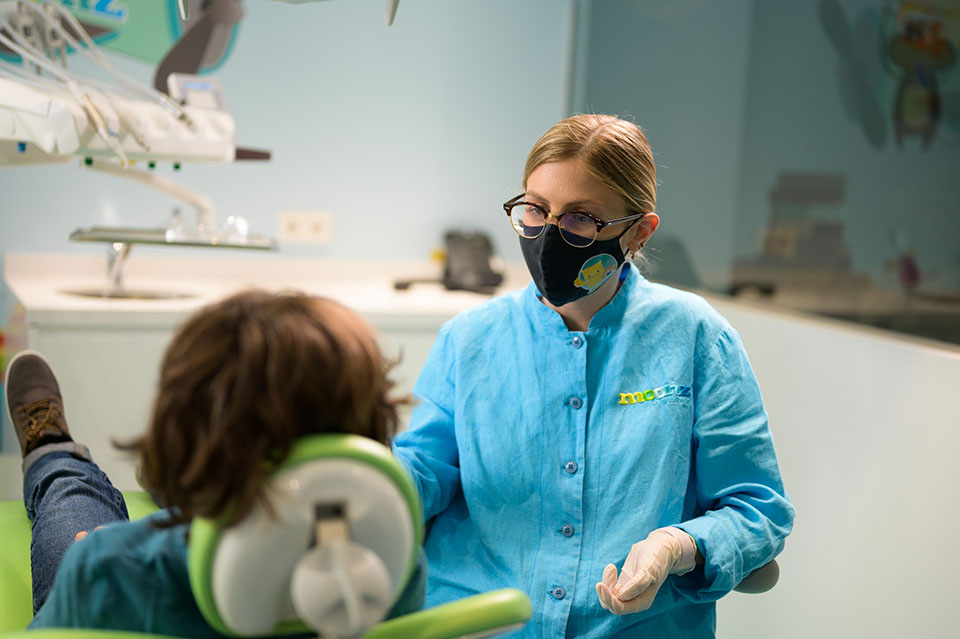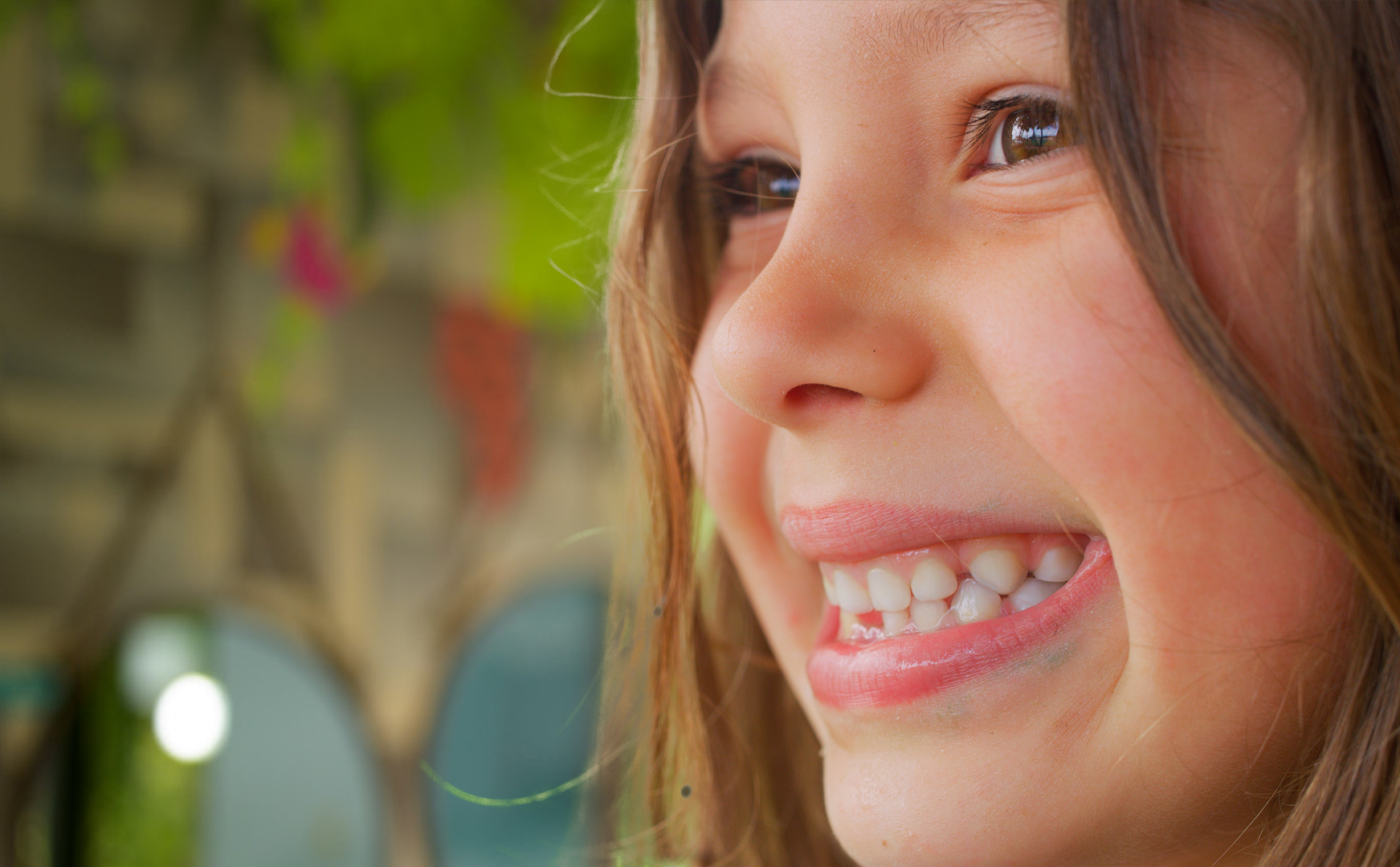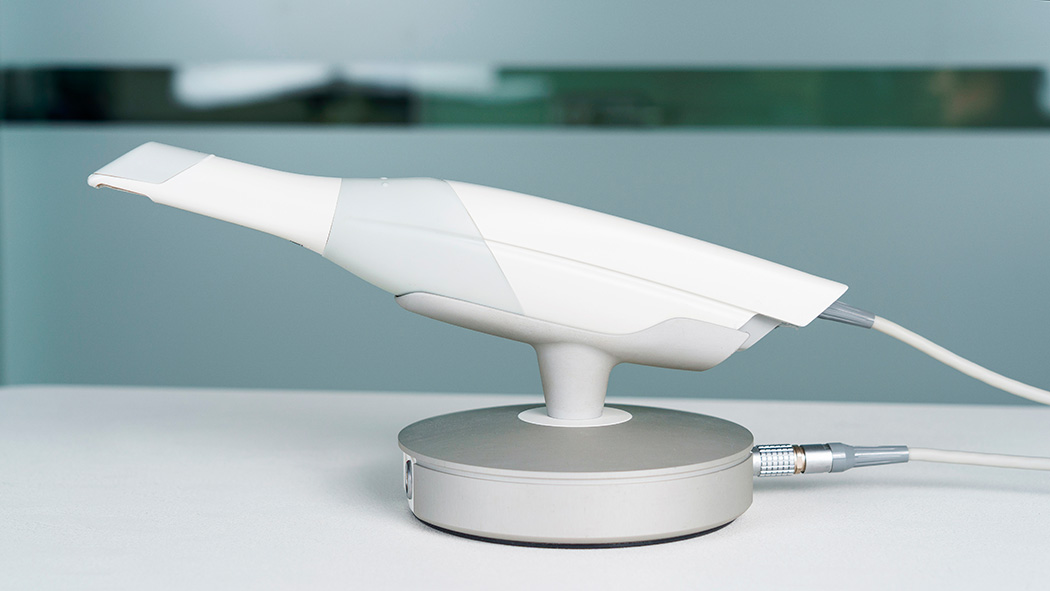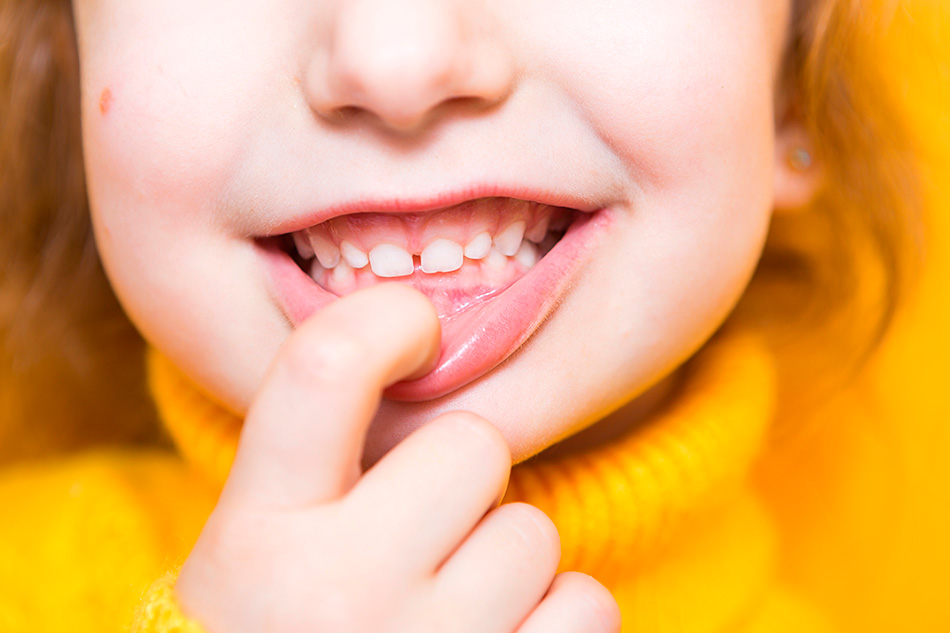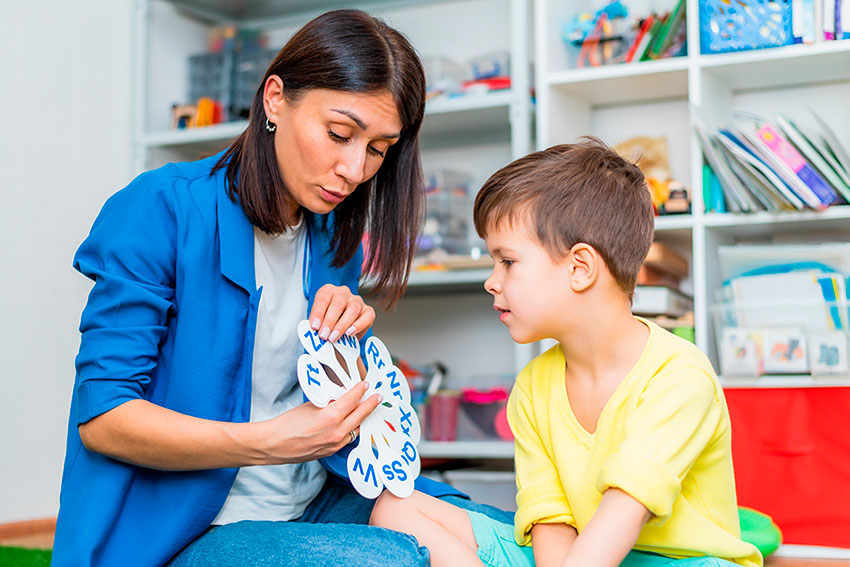Dental caries is one of the most common bacterial diseases that causes demineralisation of the tooth structure due to the acids produced by bacterial plaque.
This disease affects both the milk teeth and the permanent teeth and has therefore become one of the main concerns of parents when they visit their child’s dentist.
When the infection reaches the dental pulp, two dental procedures can be performed to save the tooth: pulpotomy or pulpectomy.
Which treatment is done depends on the damage caused. In this article, we explain in detail what pulpectomy treatment in children involves, when it is necessary and what steps should be followed.
WHAT IS PULPECTOMY IN CHILDREN?
Pulpectomy is a dental technique in which the pulp tissue (tooth nerve) is completely removed.
This procedure is performed in cases where the infection of the pulp is irreversible due to severe trauma or extensive caries.
Pulpectomy in children is performed on deciduous teeth, i.e. when the child is in the primary or mixed dentition. However, it can also be performed on permanent teeth, which is called endodontics.
The main purpose of this procedure is to remove the coronal chamber and root pulp while preserving the affected tooth, as it serves as a guide for the eruption of the permanent tooth.
WHEN SHOULD A PULPECTOMY BE PERFORMED?
There are several symptoms that indicate the need for pulpectomy in children:
- Spontaneous pain not triggered by stimuli.
- Chipped teeth. Teeth that have suffered severe and/or prolonged trauma.
- Periapical lesions (around the apex).
- Inflammation of the pulp tissue or pulpitis.
- Exposed and severely damaged dental pulp.
- Presence of pus or bleeding around the affected tooth.
- Discolouration of the tooth, tendency to darken.
WHAT ARE THE STEPS OF PULPECTOMY IN CHILDREN?
Before the paediatric dentist performs a pulpectomy on children, he or she will take an X-ray to determine the extent of the damage to the dental pulp.
If the specialist feels that pulpectomy treatment is necessary, the following steps should be followed:
1. A local anaesthetic is given to avoid discomfort during the procedure.
2. After anaesthesia, the affected tooth is isolated to clean the canal and remove any existing decay and damaged pulp tissue.
3. The root canals are sealed with an absorbable material to prevent them from interfering with the eruption of the permanent tooth.
4. Finally, the tooth is restored with a temporary crown until the tooth is replaced. After the pulpectomy, the child should go for regular check-ups and follow the recommendations of the paediatric dentist to ensure good oral hygiene.
WHAT ARE THE STEPS OF PULPECTOMY IN CHILDREN?
Pulpectomy in children is a dental treatment with a high success rate. However, in some cases it may not be effective, so the tooth has to be extracted.
Extraction may be necessary in the following cases:
- If the pulp tissue cannot be completely removed.
- The patient continues to have pain or sensitivity when chewing.
- There is an infection with abscesses.
- The tooth is moving.
- The material used to seal the canals has resorbed prematurely.
- The affected tooth could not be restored.
WHICH CARE SHOULD BE TAKEN AFTER PULPECTOMY IN CHILDREN?
After the operation, it is necessary to follow a number of guidelines and to take care of oneself in the post-operative phase.
After a pulpectomy, it is normal to feel tingling in the tongue and lips due to the effect of the local anaesthetic. This usually disappears after about three hours.
During this time it is advisable not to eat any food to avoid accidentally biting your lip, tongue or cheeks.
Once the anaesthetic wears off, it is normal for the area to be painful. In some cases, the paediatric dentist may recommend painkillers to avoid this type of discomfort.
Another important point after a pulpectomy in children is brushing the teeth. It is essential that the child follows all appropriate hygiene guidelines.
The patient should brush their teeth naturally, although it is advisable to do so more carefully in the affected area with parental supervision and support.
Once the tooth is functional again, the child can resume daily life. It is important to have regular check-ups to ensure that the procedure is successful.
It is usually recommended to see the paediatric dentist every six months. However, the specialist will tell you when the visit should take place, as this period can vary from case to case.
CONCLUSIONS
Pulpectomy in children is a conservative treatment in which the main aim is to restore the functionality of the tooth.
This technique is performed in very young children due to severe infection, caries that has spread to the root of the tooth, or severe trauma.
Pulpectomy must be performed by a specialist. Therefore, it is necessary to see a paediatric dentist regularly and have regular check-ups. This procedure usually has a high success rate. Therefore, it is important to be able to treat a cavity in time to prevent the loss of a tooth.








